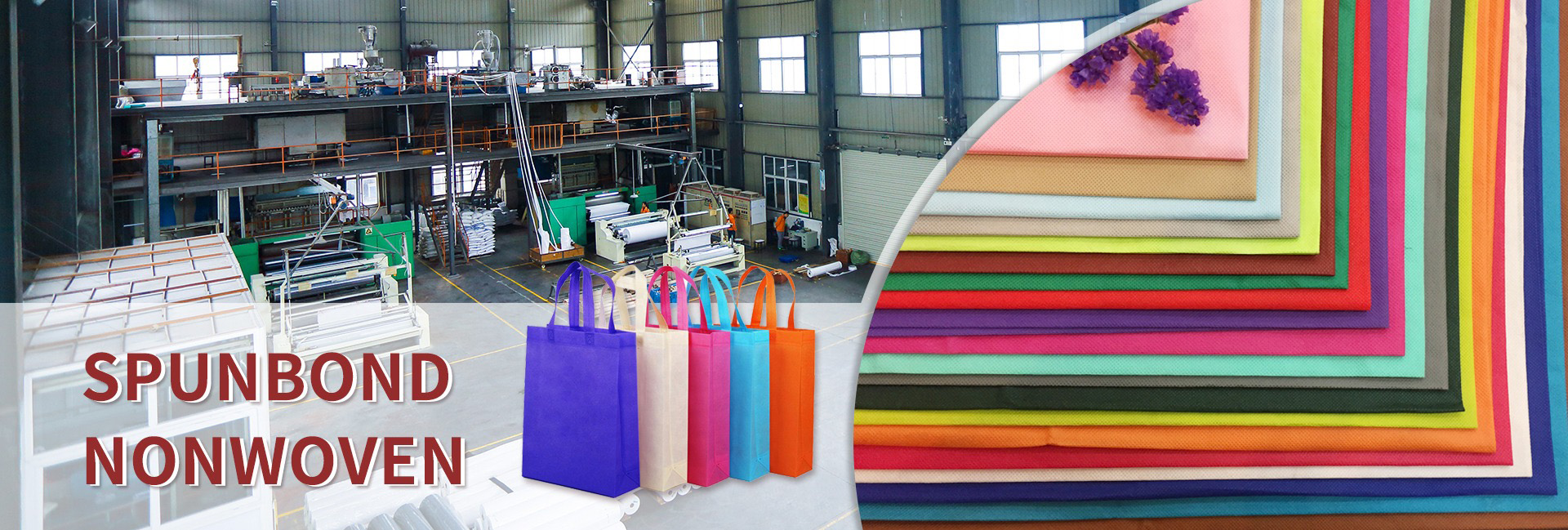Heat sealing strength testing of non-woven bag making machine
For the testing of heat sealing strength of non-woven bag making machines, the following standardized process should be followed:
Sample preparation
Sampling standards
Cut a sample strip vertically from the heat sealing part of the finished bag making machine, with a width of 15 ± 0.1mm and an unfolded length of ≥ 100mm (if insufficient, it can be extended by overlapping with the same material); At least 10 samples should be taken from each heat sealed area (such as side seals and bottom seals), and samples should be taken from ≥ 5 different bags to ensure representativeness.
State adjustment
The sample should be left to stand in an environment with a temperature of 23 ± 2 ℃ and a relative humidity of 50% ± 5% for at least 4 hours to eliminate residual stress effects.
Testing equipment and parameter settings
||Equipment type | Key parameters | Execution standards|
|:———|:———|:———|
|Heat sealing tester | Temperature: 155 ± 5 ℃ (refer to aluminum foil/PVC hard sheet standard)
Pressure: 0.5MPa
Time: 1 second | YBB001520025/QB/T23581|
|Tensile testing machine | Fixture spacing: 100mm
Test speed: 200-300mm/min | ASTM F20291/GB 29184|
Test execution process
Heat sealing treatment
Use a heat sealing tester to perform secondary heat sealing on the sample, ensuring that the heat sealing temperature does not exceed the film decomposition temperature and avoids the printed pattern area.
Mechanical strength testing
Unfold the sample 180 ° and fix it in the fixture of the tensile machine, with the axis coinciding with the direction of tension, to avoid pre stretching; Automatically record the peak value of fracture. If the fracture occurs inside the fixture, the data will be invalidated and retested.
Data judgment criteria
Calculation method: Take the average of 10 valid samples, and convert the unit to N/15mm46
Exception handling:If the fracture strength of the material body is greater than the heat sealing strength, it is necessary to optimize the formula of the heat sealing layer material or adjust the process parameters; Different batches of materials need to establish separate benchmark curves for comparative analysis.
Precautions
Equipment calibration: Regularly use standard weights to calibrate the accuracy of the tensile machine, ensuring that the error is less than ± 1%
Environmental control: Avoid temperature fluctuations greater than 5 ℃/h and humidity changes greater than 10% RH/h that affect test repeatability
Result traceability: Record the wear cycle of the heat sealing knife and the frequency of replacing the silicone gasket, establish a correlation database between equipment status and test results.
The above standardized process can systematically evaluate the heat sealing strength of non-woven bag making machines, providing data support for process improvement. It is recommended to conduct at least one full item inspection per shift for testing frequency, and 100% sampling inspection is required for key product batches.
Solution to poor heat sealing strength
To address the issue of poor heat sealing strength in non-woven bag making machines, the following comprehensive solutions can be adopted:
Process optimization
Adjust the heat sealing parameters
Optimize temperature, pressure, and time parameters based on the structure of the composite film and the heat sealing state to avoid material embrittlement caused by excessively high temperatures or adhesion effects affected by excessively low temperatures; Immediately cool down after heat sealing to stabilize sealing performance, shorten tool spacing, and reduce heat residue.
Adhesive hardening treatment
By promoting insulation aging (curing), the adhesive is fully hardened, enhancing the strength and heat resistance of the composite film.
Material selection and management
Optimize heat sealing film
Increase the thickness of the heat sealing layer to improve stress resistance; Replace with anti pollution heat sealing inner sealing film (such as mLLDPE material)
Thin film storage control
Regularly check the shelf life and storage conditions of the film to avoid using expired or heat-treated old batches of materials.
Equipment and auxiliary material adjustment
Tool maintenance and replacement
Check the flatness and PTFE coating status of the heat sealing knife to avoid sharp edges damaging the material; Replace the solid silicone gasket at the bottom to ensure the sealing elasticity.
Control the content of additives
Reduce the proportion of heat sealing lubricant and minimize interference with heat sealing performance; Monitor the MDI monomer content in the composite adhesive to avoid excessive reduction in sealing strength.
External factor management
Remove dust, powder and other pollutants attached to the hot cover to ensure the cleanliness of the seal; Avoid ink printing covering the heat sealed area and use high-temperature resistant ink (such as two-liquid ink) instead.
By systematically optimizing the process, materials, and equipment parameters through the above measures, the heat sealing strength stability of non-woven bag making machines can be effectively improved. In specific applications, parameter fine-tuning and regular maintenance and testing should be carried out based on actual production conditions.
Dongguan Liansheng Non woven Technology Co., Ltd. was established in May 2020. It is a large-scale non-woven fabric production enterprise integrating research and development, production, and sales. It can produce various colors of PP spunbond non-woven fabrics with a width of less than 3.2 meters from 9 grams to 300 grams.
Post time: May-11-2025

